Now that the GeForce GTX 1080 Ti is finally out, is it still worth buying a GTX 1080? Does the 1080 Ti make the GTX 1080 obsolete? No, it certainly does not! It’s still worth getting a GTX 1080 thanks to the lowered price, and you may want to consider getting one especially if it comes in a smaller, compact or mini form factor. Zotac released the smallest GTX 1080 in the market that could fit into almost all (if not all) types of chassis available in the market; meet the Zotac GeForce GTX 1080 Mini (ZT-P10800H-10P). There are lots of mini versions of the GTX 1070 and 1060 already; but as far as I know, this is the only “mini” GTX 1080 available in the market. The best part of it, Zotac reduced only the size, but they didn’t reduce its performance, not by one bit. In fact, it’s even clock slightly higher than the GTX 1080 Founders Edition. Today, we are going to check out and review this GTX 1080 Mini and see how it performs against a larger GTX 1080, like the Galax GTX 1080 Hall of Fame Edition. Want to know who is the faster GTX 1080? Can Zotac’s Mini compete with a full sized GTX 1080? Continue reading our Zotac GeForce GTX 1080 Mini review below, and see the results.
Zotac GeForce GTX 1080 Mini Review
Not many system builders, PC enthusiasts and gamers fancy a large monstrous graphics card design. That’s why we see several GTX 1070/1060 compact versions popping out in the market. Why not the GTX 1080 as well, especially for those who demand performance? Zotac brings you the GTX 1080 Mini graphics card, offering the same performance of a full sized GTX 1080 in a compact form factor. As far as I know, this is the only compact GTX 1080 available in the market, so far. There are lots of mini version of the GTX 1070, GTX 1060 and GTX 1050 (Ti); but no other manufacturer is offering a mini version of the GTX 1080.
Zotac claims that their GTX 1080 Mini card can fit into 99% of systems; measuring only 8.31 inch in length. And just like any GeForce GTX 1080 in the market, the Zotac GTX 1080 Mini is based on NVIDIA’s Pascal architecture powered by a GP104 GPU chip based on a 16nm FinFET fabrication process. Generally speaking, all GTX 1080 features 2560 CUDA cores, 20 streaming multiprocessors enabled, 64 ROPs and is capable of delivering 9 TFLOPs of single-precision floating point performance. You can see from the AIDA64 GPGPU benchmark below that this card achieved 9,255 GFLOPs of single precision performance and 303 GFLOPs of double-precision performance. The GTX 1080 Founders Edition has a base clock of 1607 MHz with a boost clock speed of 1733 MHz. The Zotac GTX 1080 Mini, on the other hand, offers slightly higher clock speeds, at 1518 MHz base and 1708 MHz boost.
GeForce GTX 1080 graphics cards use GDDR5X memory, offering significant bandwidth improvement compared to GDDR5, at 10Gbps. The GTX 1080 features 8GB of GDDR5X running on a 256-bit memory interface, with a 320 GB/s of memory bandwidth. This card has a GPU thermal threshold of 94° Celsius and a TDP of 180 Watts, and has a recommended system PSU of 500W.
All of the GeForce GTX 10 series graphics cards are basically equipped with the same set of Pascal architecture features. These common features are Simultaneous Multi-Projection, VR Ready, NVIDIA Ansel, NVIDIA G-Sync, NVIDIA GameStream, Vulkan and DirectX 12 (12_1) API support, Fast Sync, better HDR support, NVIDIA SLI with the new High Bandwidth (HB) Bridge support and the new NVIDIA GPU Boost 3.0.
Aside from the common set of features, the Zotac GTX 1080 Mini is built with their IceStorm cooling solution. “IceStorm” is the marketing term Zotac use to describe or name their cards’ cooler design. Basically speaking, specifically in the GTX 1080 Mini’s case, it’s a combination of two fans, a copper cold block contact, five 6mm copper heat pipes and a wide array of aluminum heatsink.
Zotac went for a safer color scheme this time and ditched the yellow accents found on their AMP and AMP Extreme graphics cards. The Zotac GTX 1080 Mini sports a combination of Black and Gunmetal with Grey accent color scheme, which is a safer color combination and should (at least) blend better with most systems. Zotac also added some white LED accents to light things up; sorry RGB fans, no RGB or Spectra here.
Below is a specifications table comparing the Zotac GTX 1080 Mini and the GTX 1080 Founders Edition. On the next page, let’s take a closer look at the graphics card itself.
Zotac GTX 1080 Mini Specifications
| Specifications | Zotac GTX 1080 Mini | NVIDIA GeForce GTX 1080 FE |
|---|---|---|
| GPU | GeForce GTX 1080 | GeForce GTX 1080 |
| CUDA Cores | 2560 | 2560 |
| Video Memory | 8GB GDDR5X | 8GB GDDR5X |
| Memory Bus | 256-bit | 256-bit |
| Engine Clock | Base: 1620 MHz Boost: 1759 MHz | Base: 1607 MHz Boost: 1733 MHz |
| Memory Clock | 10 Gbps | 10 Gbps |
| PCI Express | 3 | 3 |
| Display Outputs | 3 x DisplayPort 1.4, HDMI 2.0b, DL-DVI | 3 x DisplayPort 1.4, HDMI 2.0b, DL-DVI |
| HDCP Support | Yes | 2.2 |
| Multi Display Capability | Quad Display | Yes |
| Recommended PSU | 500W | 500W |
| Power Consumption | 180W | 180W |
| Power Input | 8-pin | 8-pin |
| DirectX | 12 API feature level 12_1 | 12 API feature level 12_1 |
| OpenGL | 4.5 | 4.5 |
| Cooling | Dual Fan | Blower |
| Slot Size | 2 slots | 2 slots |
| SLI | Yes, SLI HB Bridge Supported | Yes, SLI HB Bridge Supported |
| Supported OS | Windows 10 / 8 / 7 | Windows 7-10, Linux, FreeBSDx86 |
| Card Length | 211mm x 125mm | 111mm x 267mm |
| Accessories | Dual 6-pin to 8-pin PCIe adapter User Manual, Driver Disk |

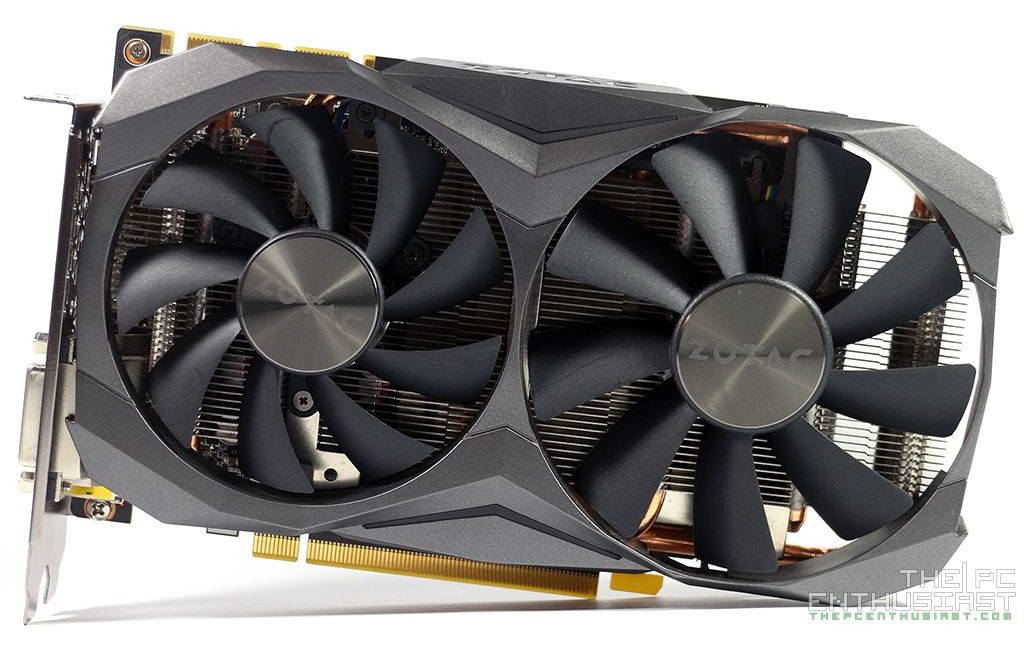
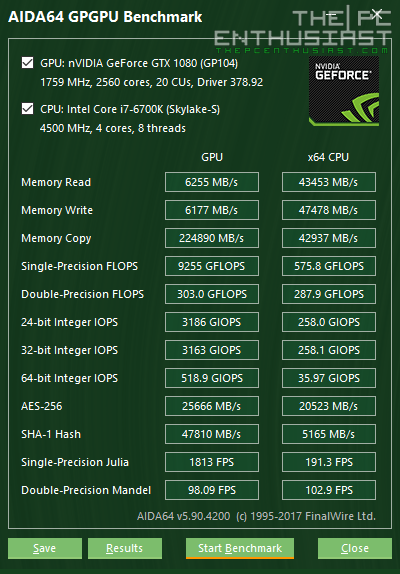
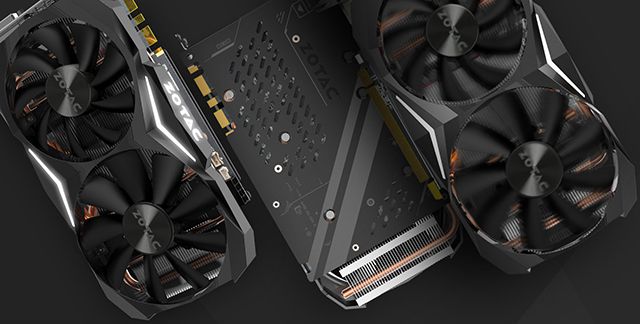
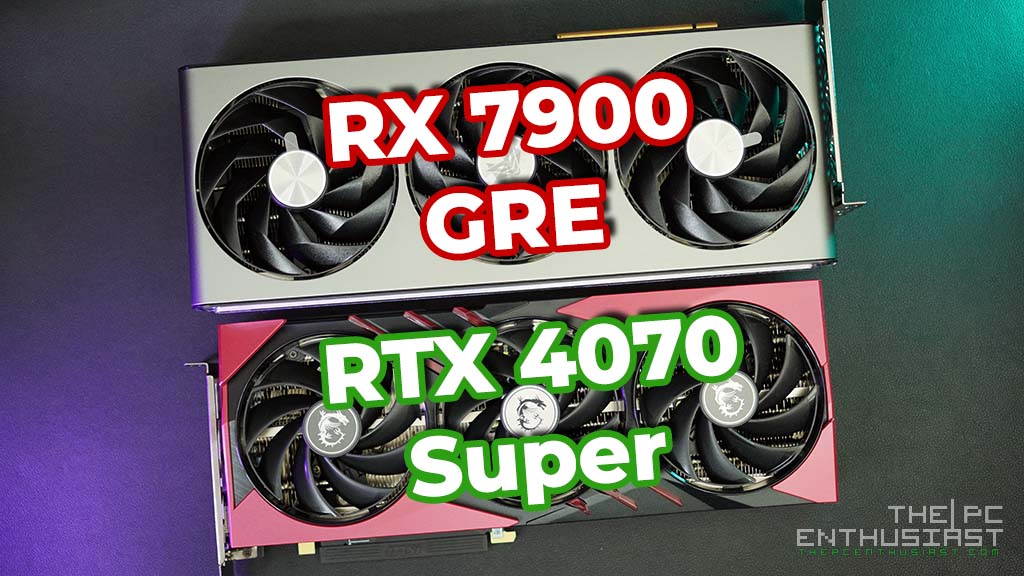
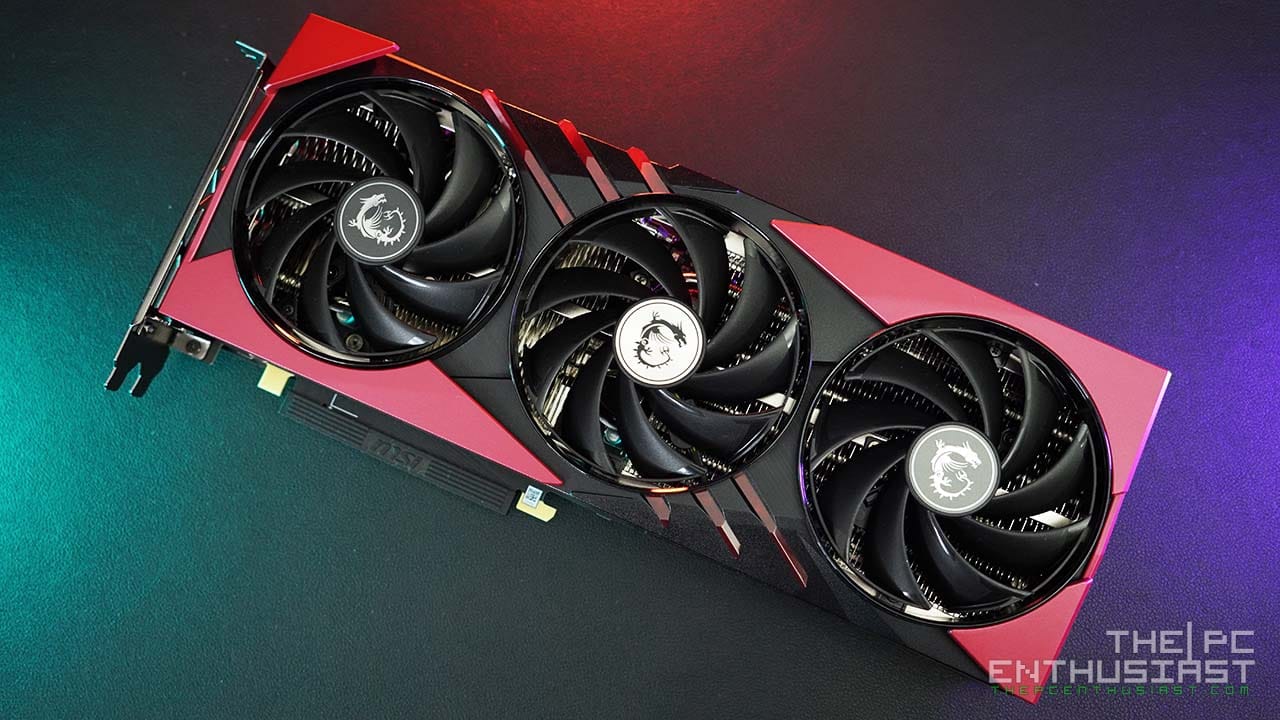
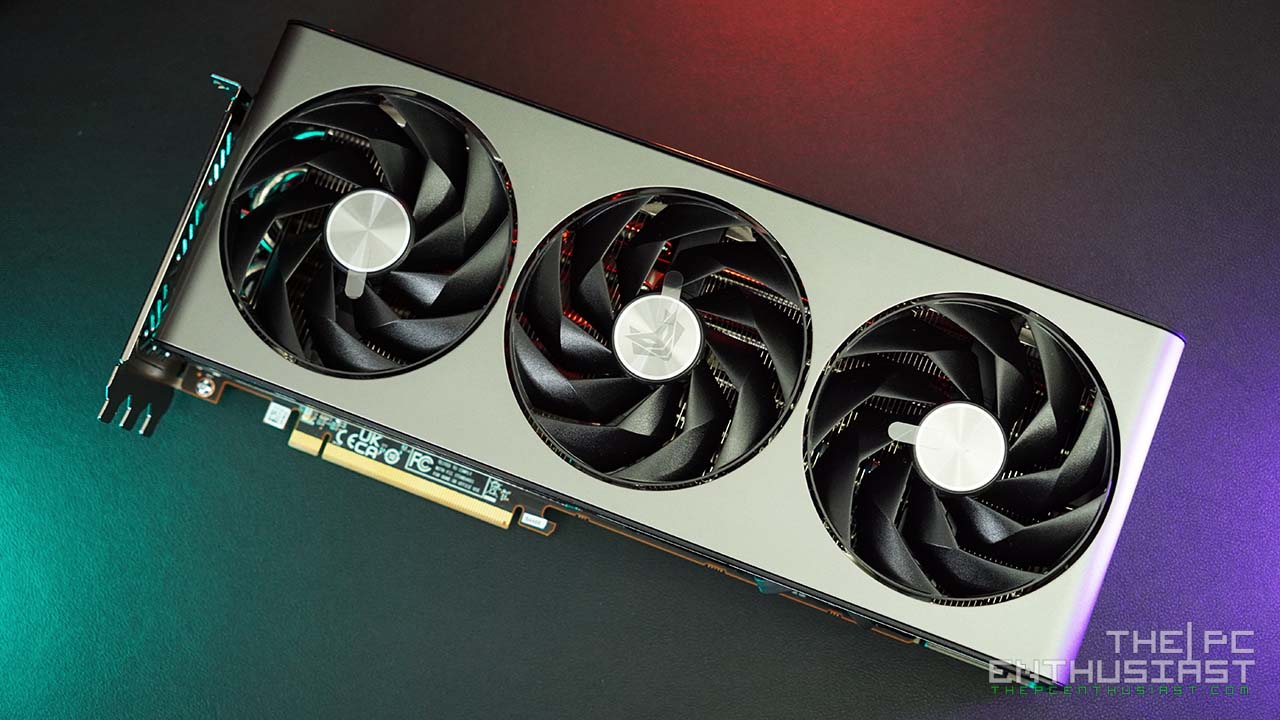
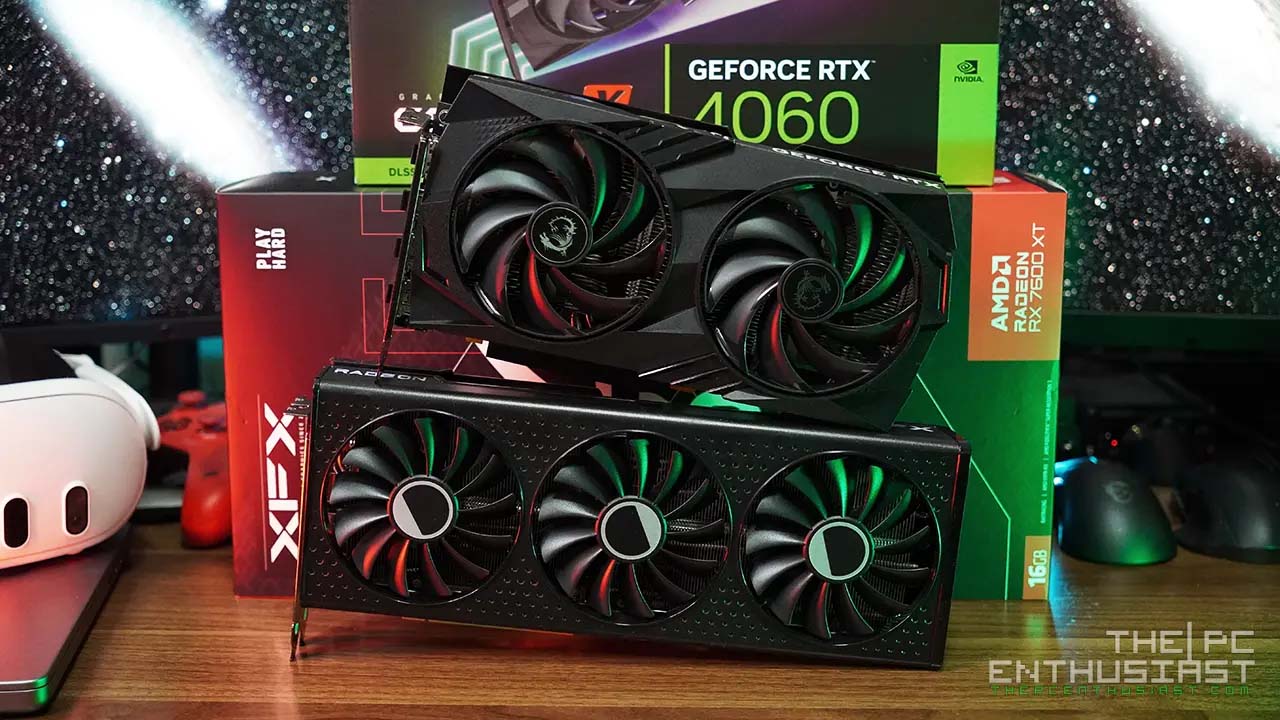
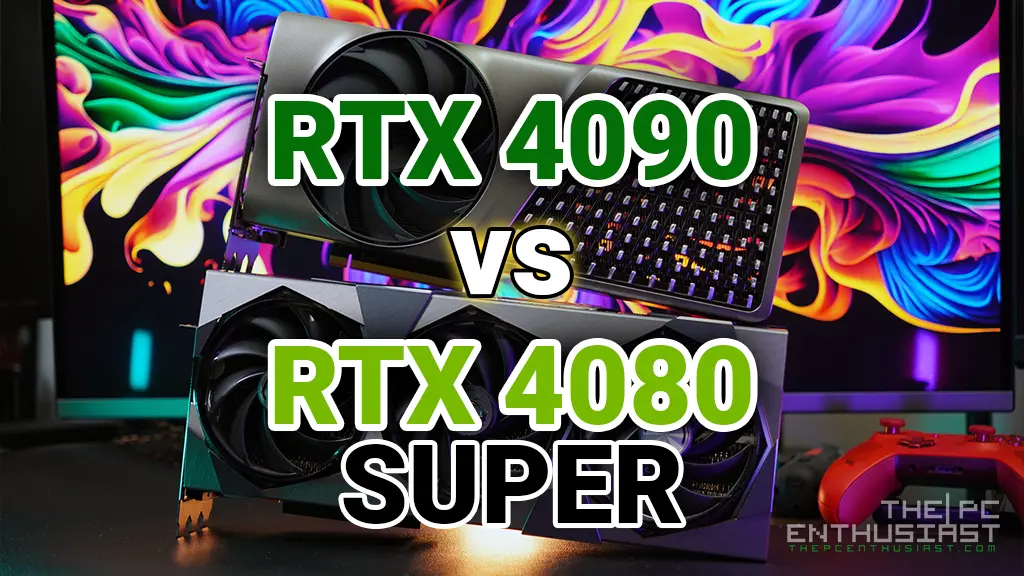
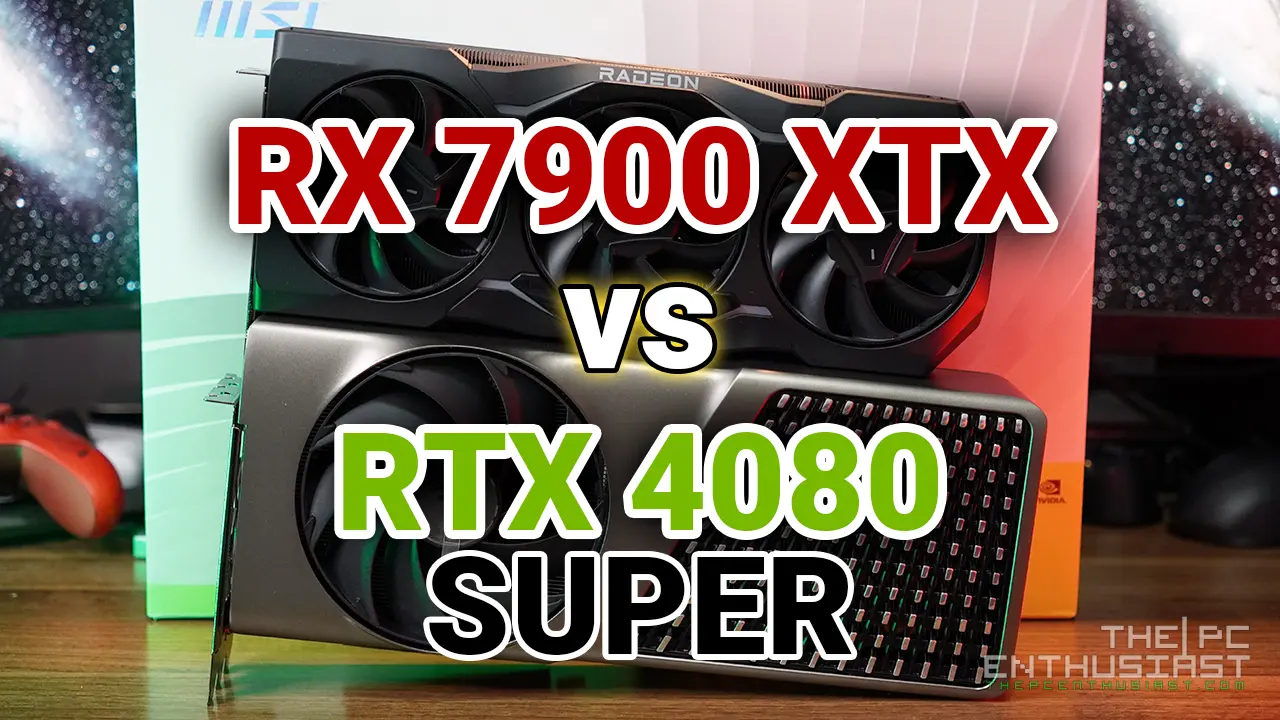

Good review. My biggest questions were, “Is this gimped in any way?” and “is it louder?” due to its size. Your review answered both questions. Thanks!